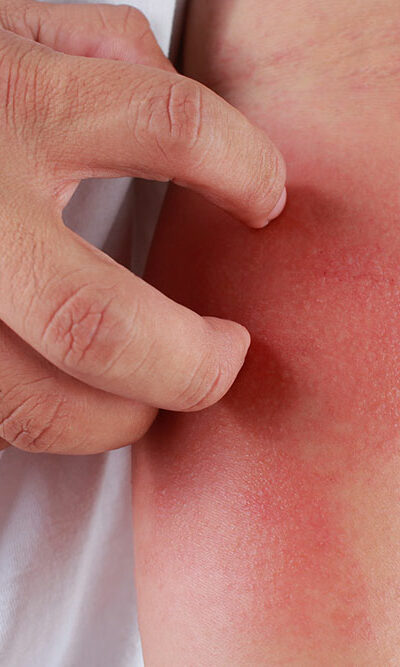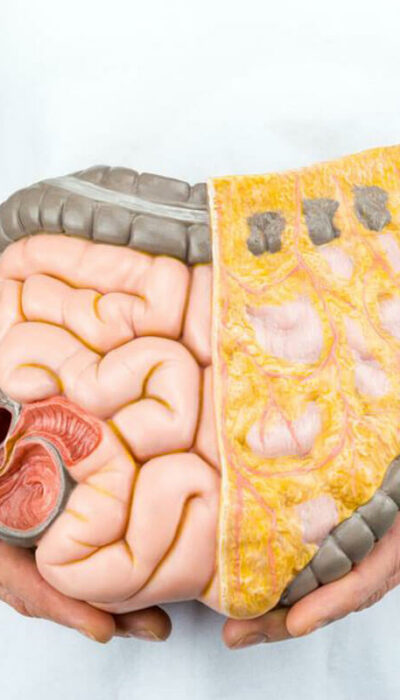
High Blood Pressure – Symptoms and Treatment Options
Hypertension or high blood pressure is the condition where the amount of force exerted against the artery walls when the blood flows through them is higher than usual. According to the American Heart Association (AHA), one in every three persons in the country over the age of 20 has high blood pressure. Without the right treatment, blood pressure may lead to many health problems including heart failure, stroke, vision loss, and kidney disease. Common symptoms of high blood pressure Hypertension is known as the silent killer as it does not exhibit any symptoms. When the blood pressure reaches 180/110 mmHg, it is considered a medical emergency. Some of the common symptoms of high blood pressure are as follows: Headaches It is one of the most common symptoms of high blood pressure. It may get worse because of factors like stress, migraines or sinusitis. High blood pressure can affect the blood-brain barrier, exert excess pressure on the brain, and lead to blood leaks from the blood vessels. The leaked blood causes swelling, which exerts more pressure on the brain and leads to headaches. Dizzy spells It is another symptom of high blood pressure, but its cause may also be anxiety, the side effect of some medicines, low blood pressure, or pregnancy. High blood pressure can cause the blood vessels in the brain to rupture, narrow or leak, sometimes blocking blood flow too. Due to this blockage, a patient may feel dizzy, and in the worst case, it may lead to a stroke as well. Facial flushing People who consume alcohol, eat hot and spicy food or are prone to food allergies show this symptom. Sometimes, hot flushes are associated with menopause as well. But high blood pressure can cause facial flushing due to the excess flow of blood when the patient is angry or anxious.










